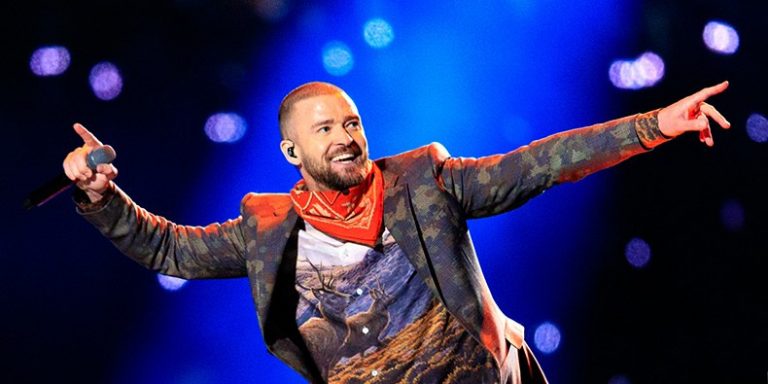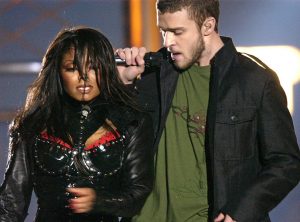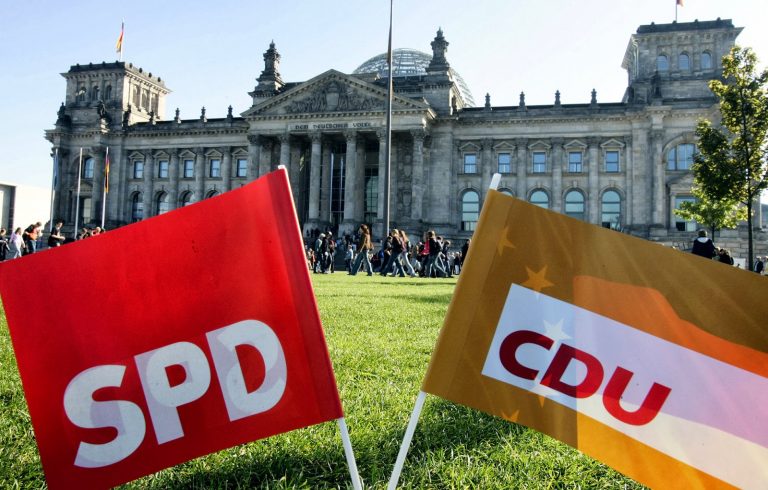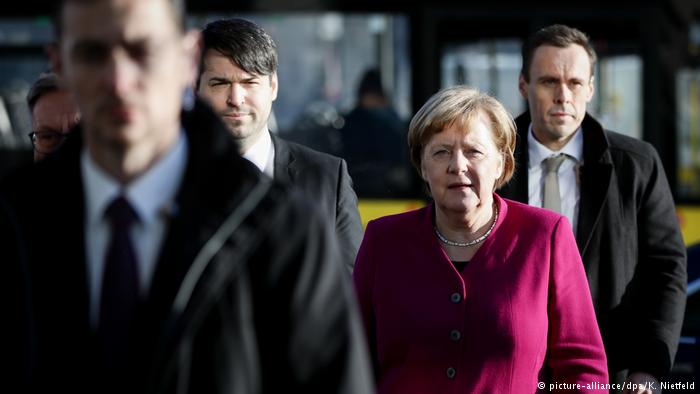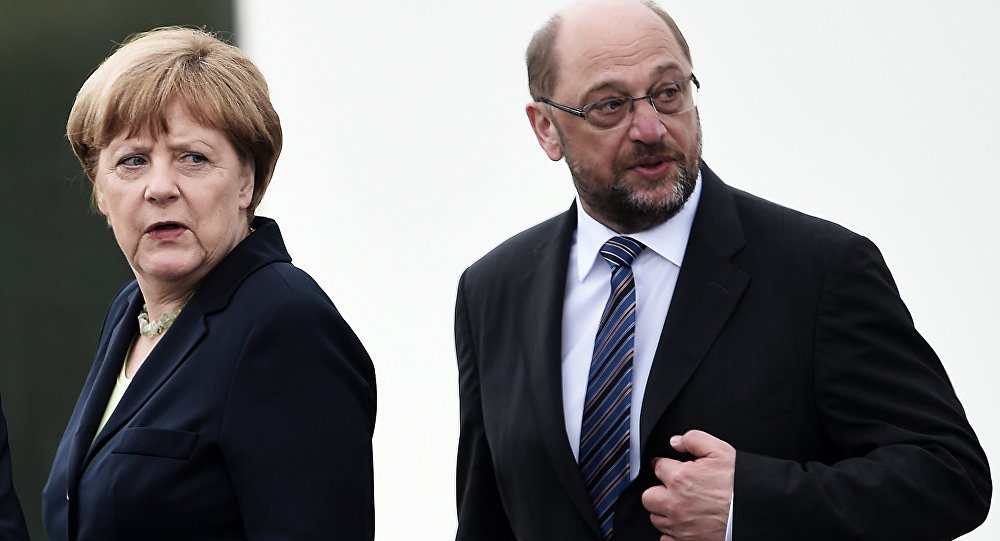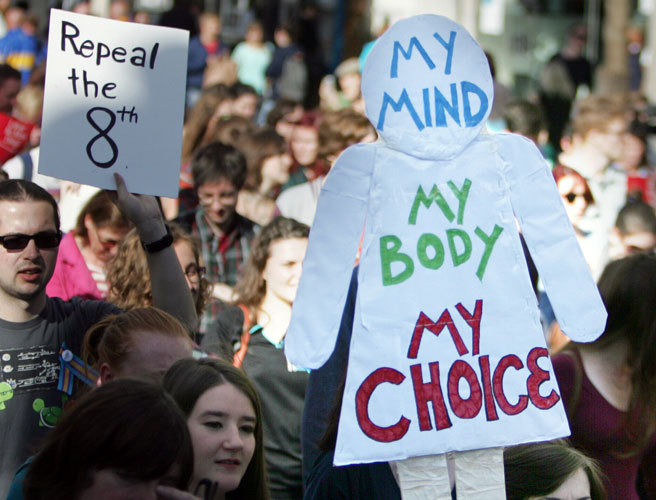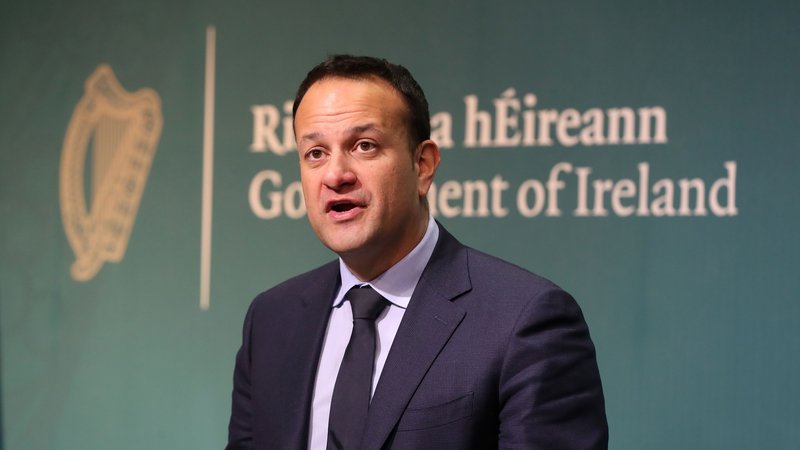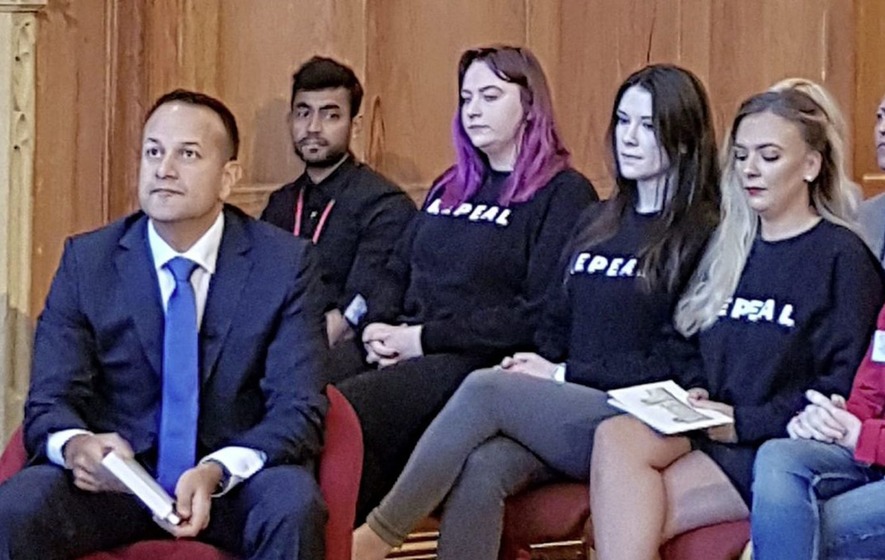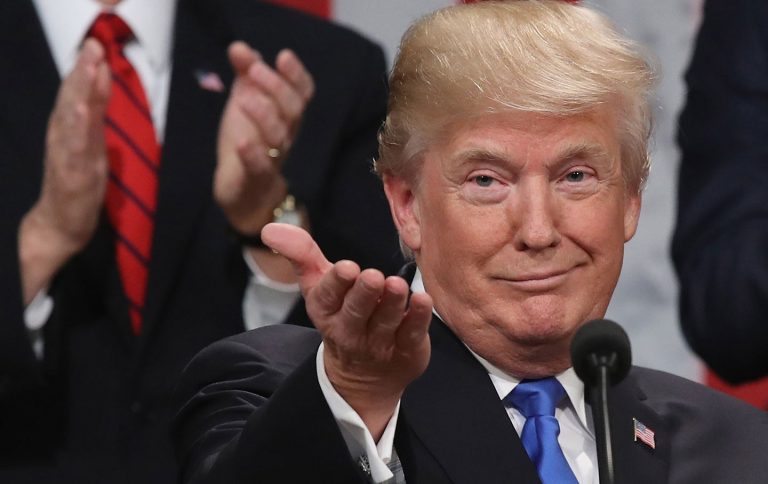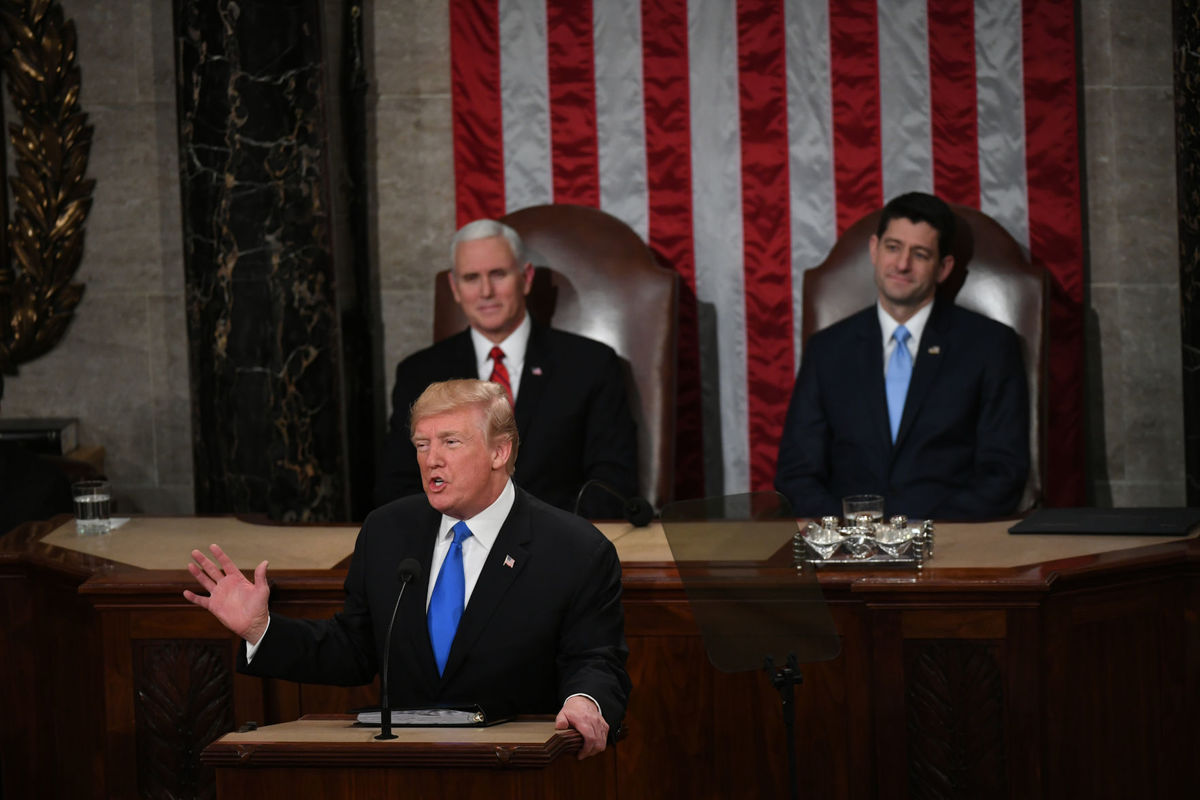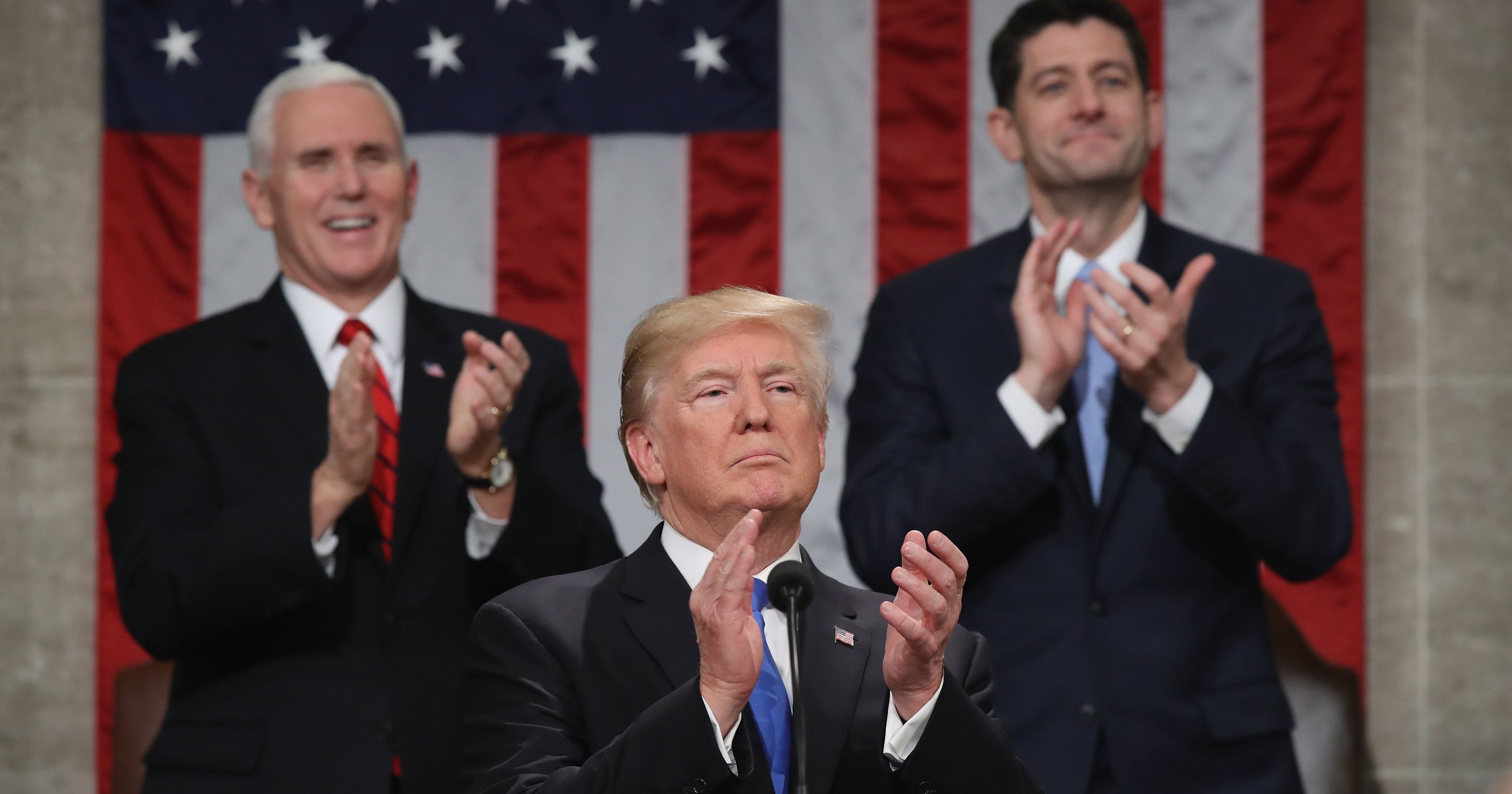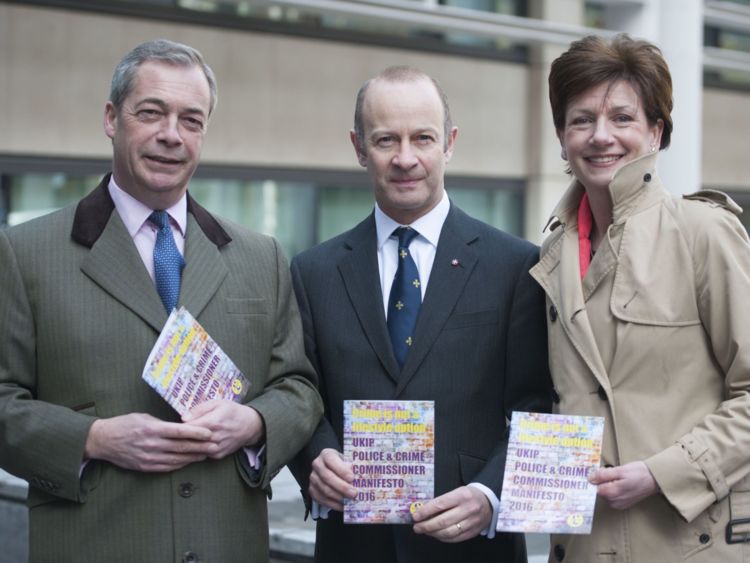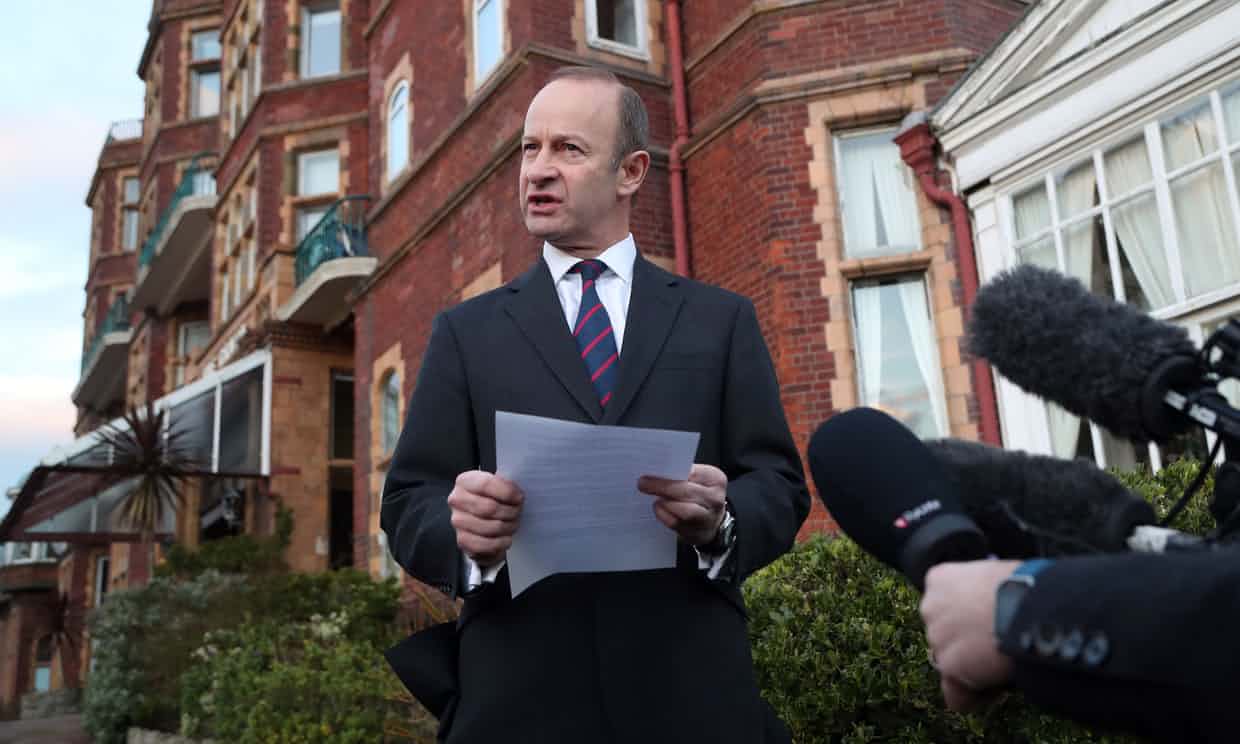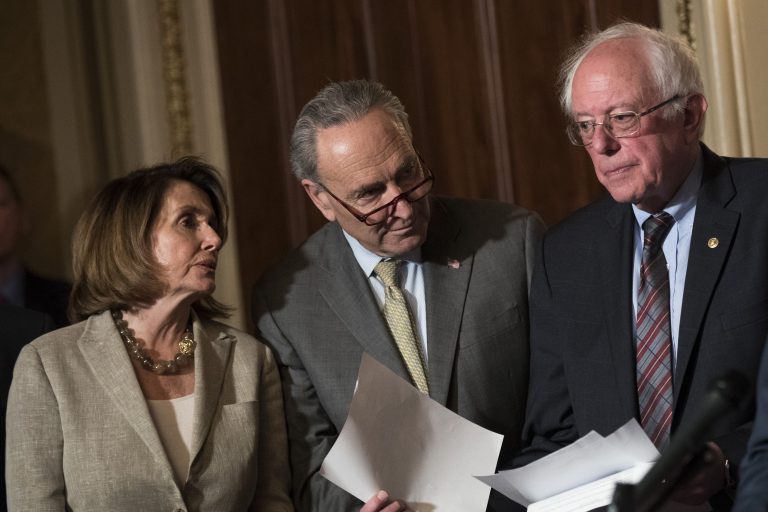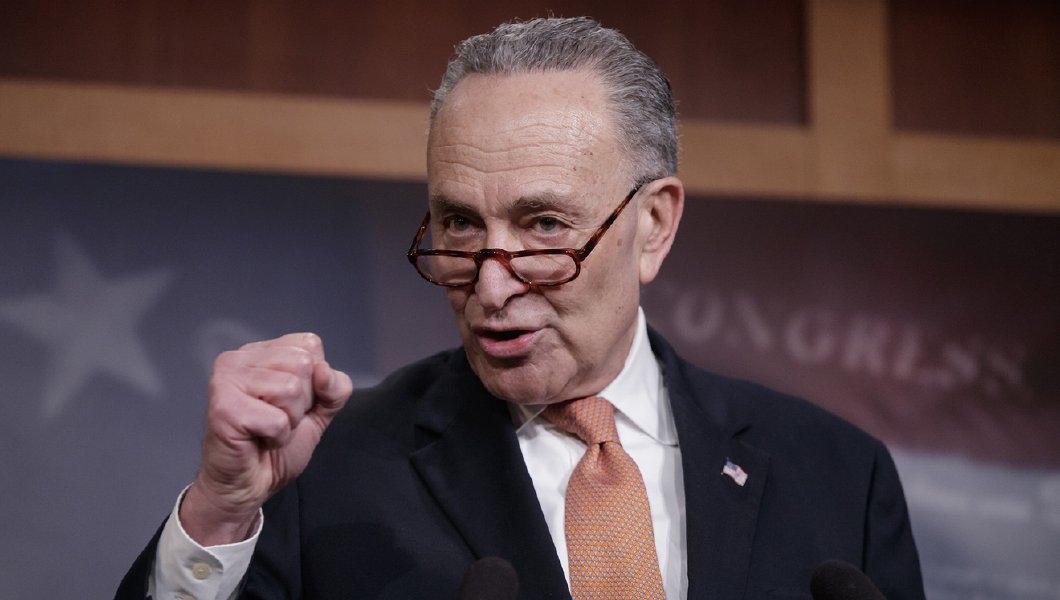By Ruth Foster.
The Berlin Wall has now been down for longer than it was up – 10,318 days, or 28 years, two months and 28 days.
The wall between East and West Berlin divided the city both ideologically and physically from 1961 to 1989. For many, the images of the wall’s destruction symbolized the triumph of Western capitalist values over those in the communist East, with German Chancellor Angela Merkel declaring in 2014 that it was a “yearning for freedom” that brought down the wall. However, 10,318 days on, the wall continues to create divide both physically and ideologically in the US and Europe.

Men hammering down the wall in 1989 (Photo: Alexandra Avakian www.smithsonianmag.com)
The symbolism of the collapse of the Berlin Wall has been given a privileged position in the collective consciousness of Europeans. Today, Berlin is a city celebrated for its international outlook, liberalism, and freedom, with remnants of the wall throughout the city acting as reminders of how ideological differences can justify the repression of such freedom.
In contrast to this, in June 2015 Donald Trump launched his campaign for the White House with the promise to build “a great, great wall” along America’s southern border with Mexico. Since then, “build the wall” chants and calls for stronger border security have become synonymous with Trump’s presidency. The conflicting rhetoric of the celebration of freedom that brought down the Berlin Wall with Trump’s campaign promise reflects both the triumph and failure of security policies in modern times. Despite the lessons learnt from the fall of the Berlin Wall, cities in Europe remain divided today along ideological and ethnic lines.

Part of Trump’s election campaign was the promise of a wall separating Mexico which he claimed he would make them pay. (Image CNN)
Here are two examples of divided cities that remain in Europe:
Nicosia, Cyprus
Widely reported as “the world’s last divided capital city”, Nicosia was originally divided into Greek and Turkish Cypriot quarters with the Green Line in 1963 following intercommunal violence between the two communities. The United Nations Buffer Zone in Cyprus was extended following a ceasefire in 1974, and continues to be patrolled by the United Nations Peacekeeping Force in Cyprus. The island of Cyprus itself is divided into Cyprus and North Cyprus, with the latter being recognised by Turkey as the Turkish Republic of Northern Cyprus, (TRNC) and the former being recognised internationally as Greek Cyprus. Despite the efforts of grassroots peace groups across the island, recent UN-backed peace talks between Greek- and Turkish-Cypriot delegates in Switzerland last year collapsed.

Turkish Cypriots consider there to be a boarder necessitating passport control when crossing from one side to the other (Image: BBC)
Belfast, Northern Ireland
Despite the signing of the Good Friday Agreement in 1998, a total of 99 different security barriers continue to separate Catholic and Protestant communities in Belfast. CAIN defines these barriers – ironically called ‘peace lines’ or ‘peace walls’ – as physical barriers constructed of concrete, stone, and/ or steel which represent “the most visible form of the ‘sectarian interfaces’ between the two main communities in Northern Ireland. These barriers originated in 1969 as defence mechanisms between the two communities, and were intended to be a temporary measure of control. However since 1998 only one barrier has been removed, with research conducted since the Northern Irish peace process indicating that young people who have grown up with the barriers are less likely to support their removal.

Peace wall separating Catholic and Protestant Belfast west (Image: Belfast Telegraph)
Ruth is a final year undergraduate student at the University of Edinburgh, originally from Northern Ireland. Her aim in life is to try and make the world a little bit better and care about the right things, which includes (but is in no way limited to) storytelling, politics, culture, and coffee.
Twitter: @fosttweets
